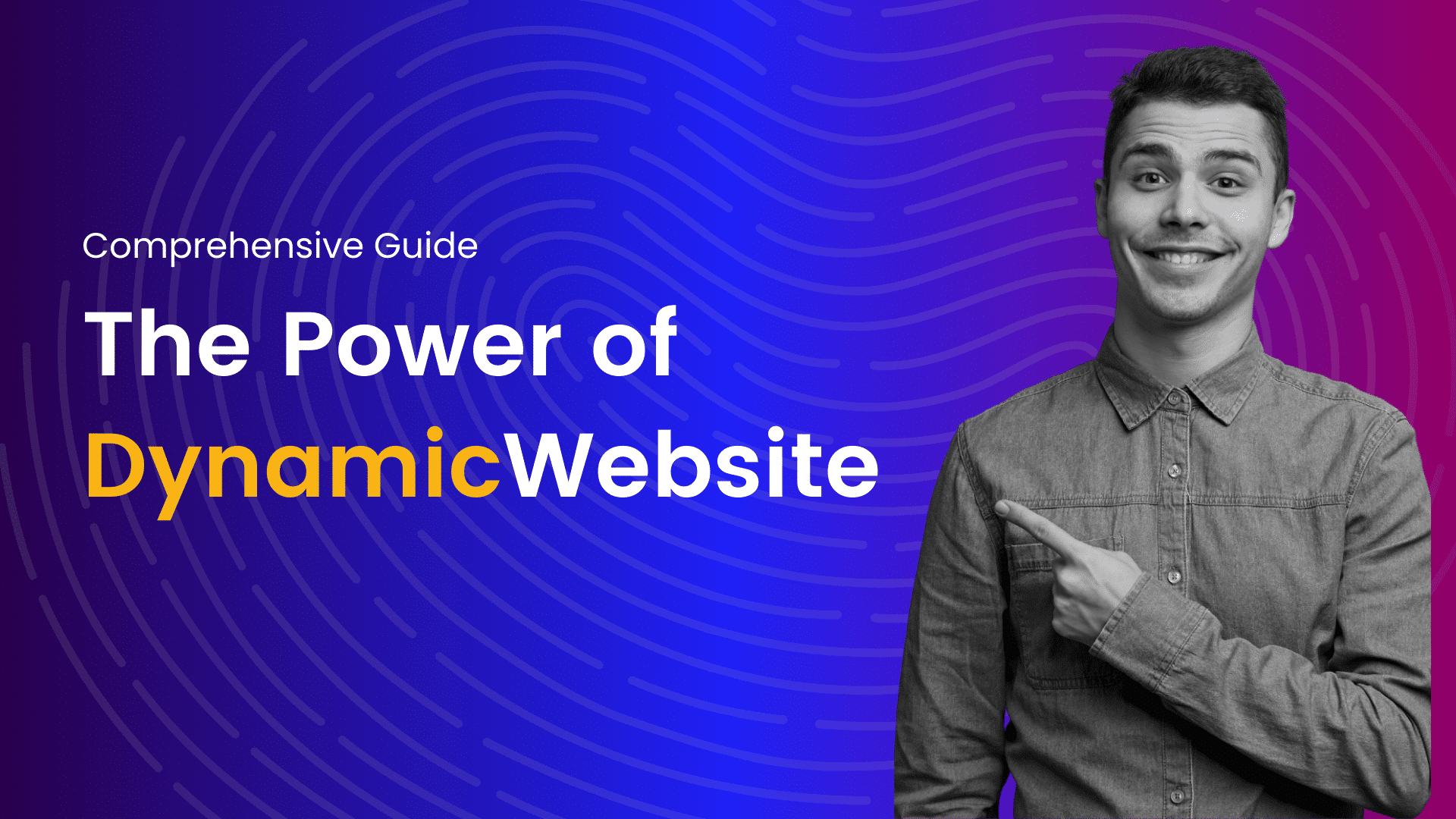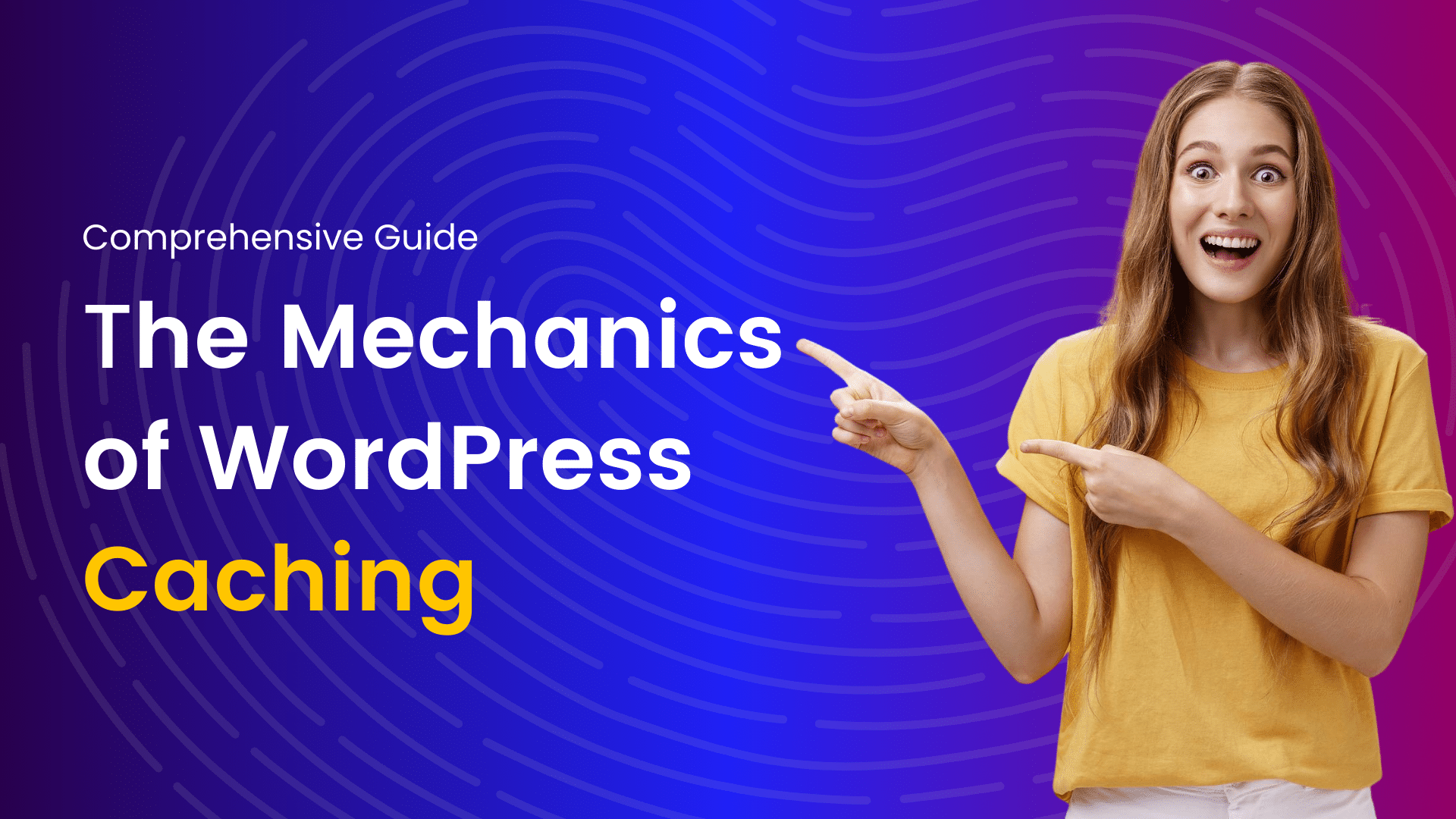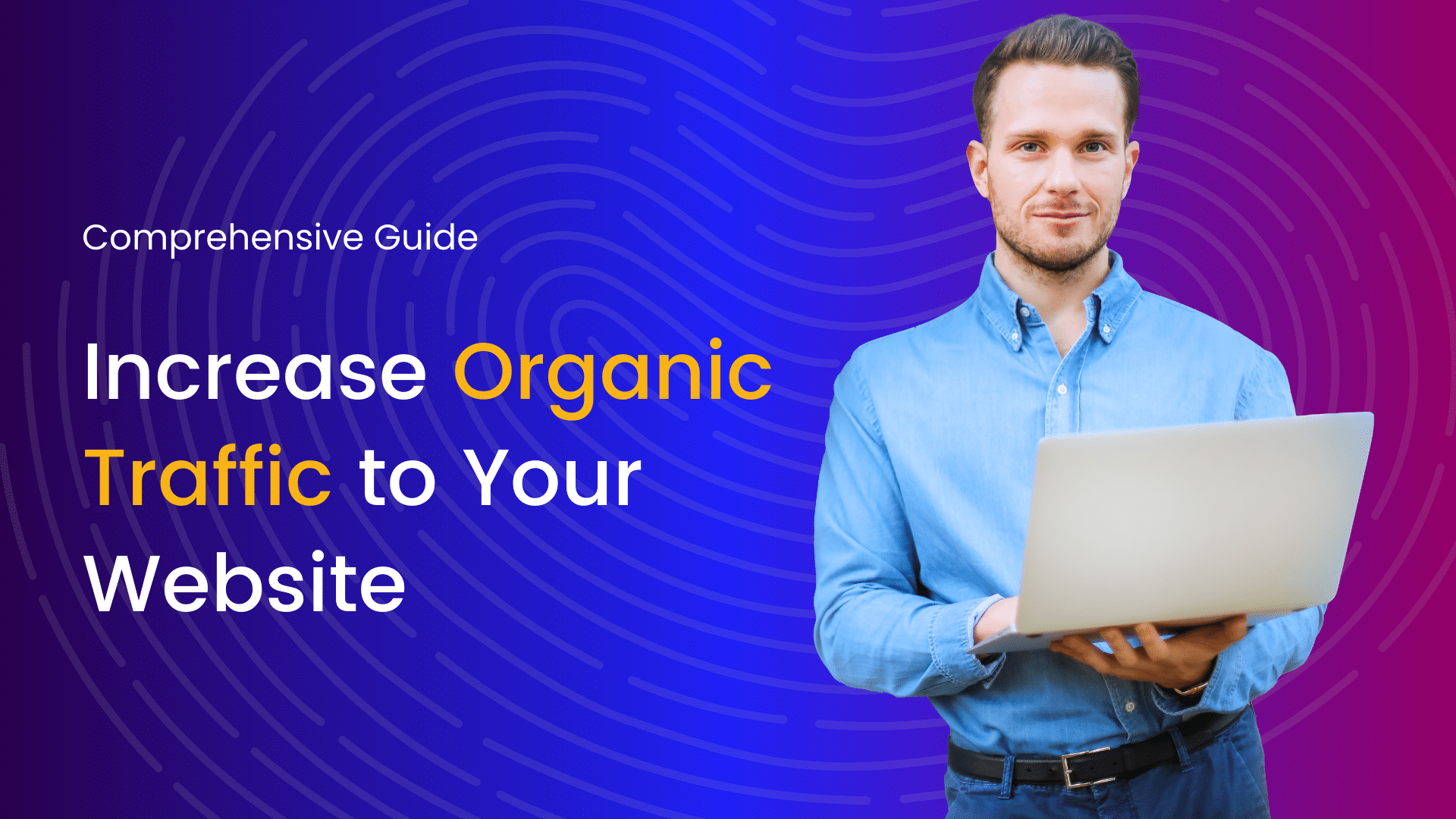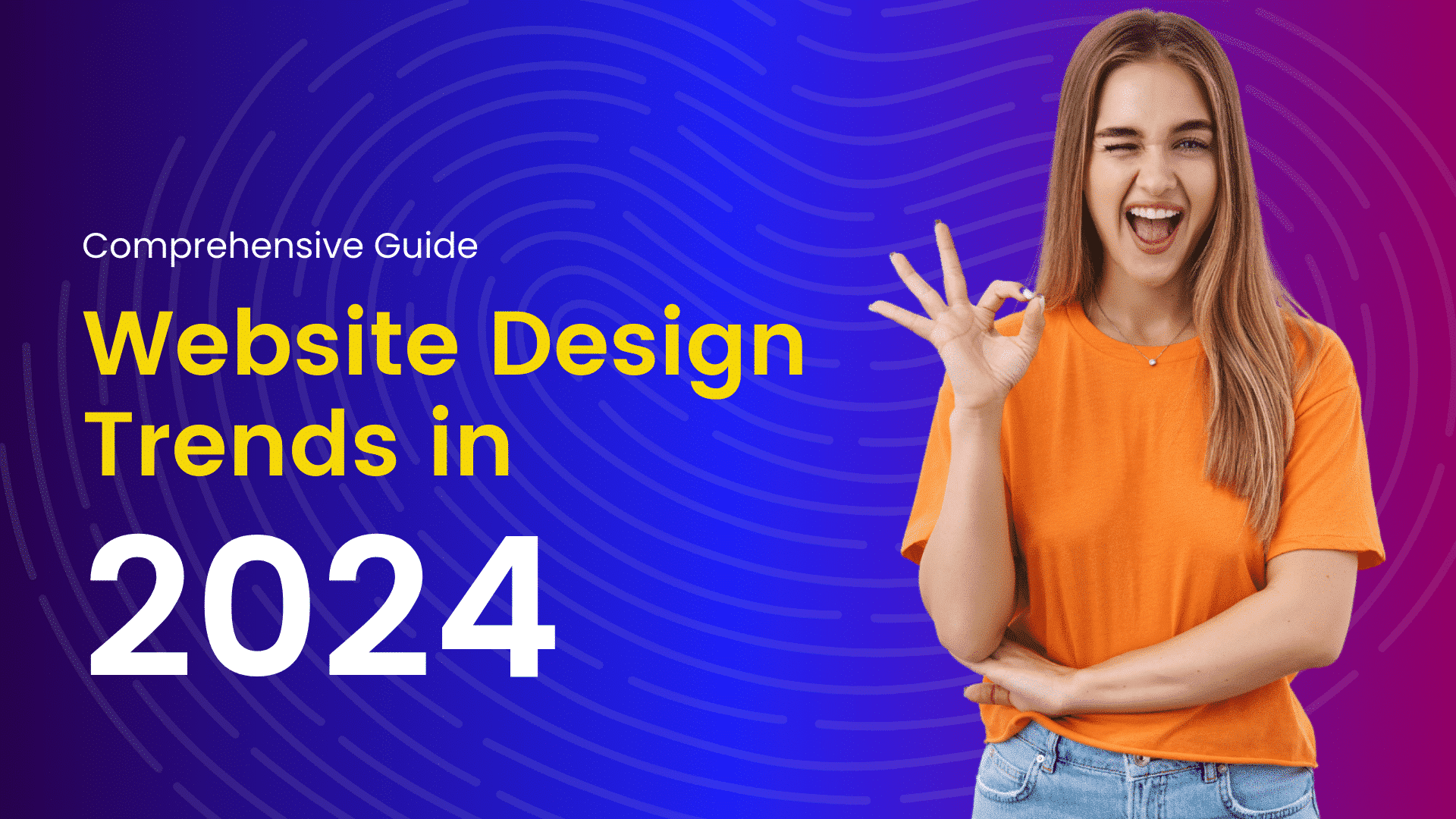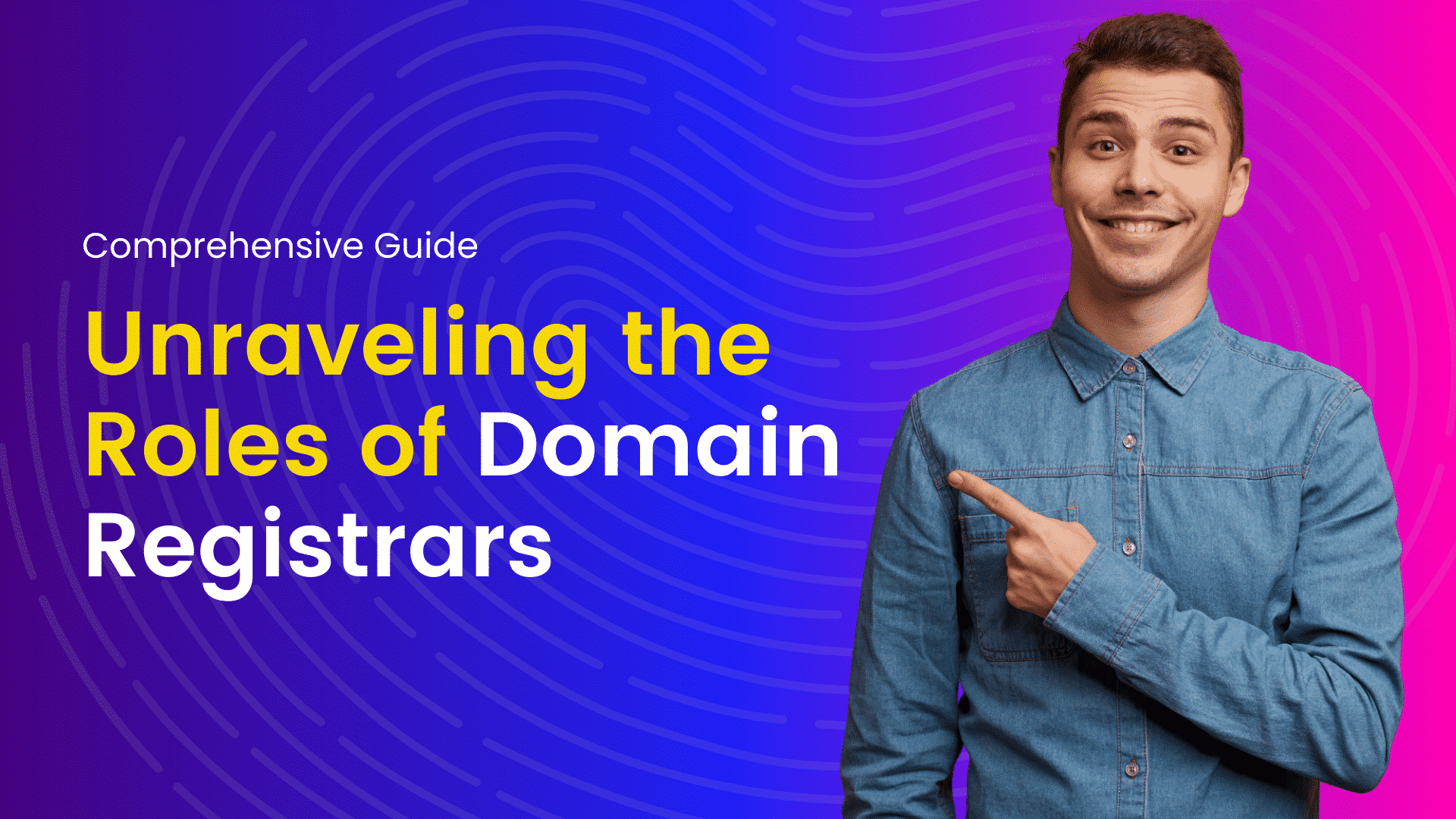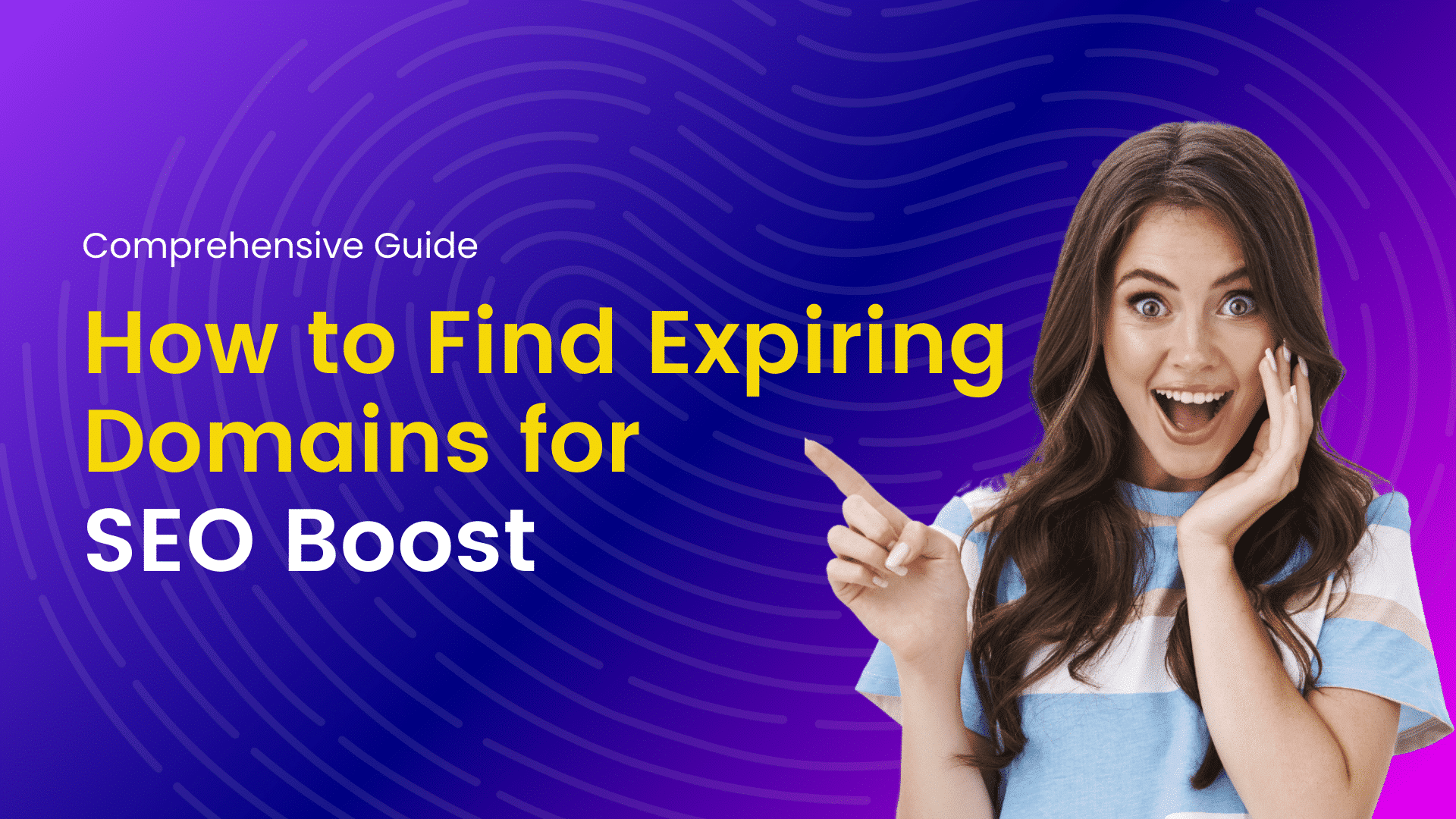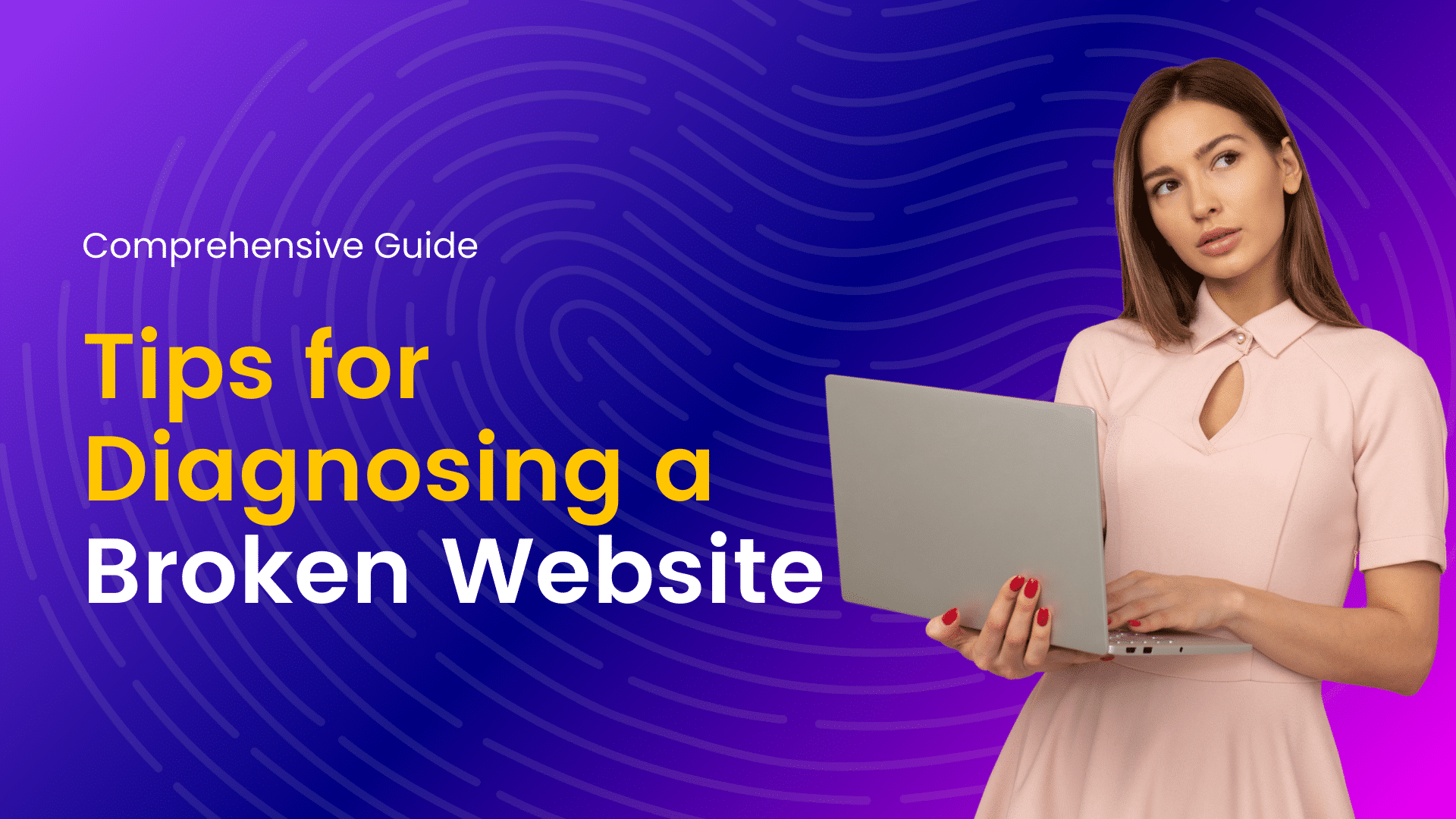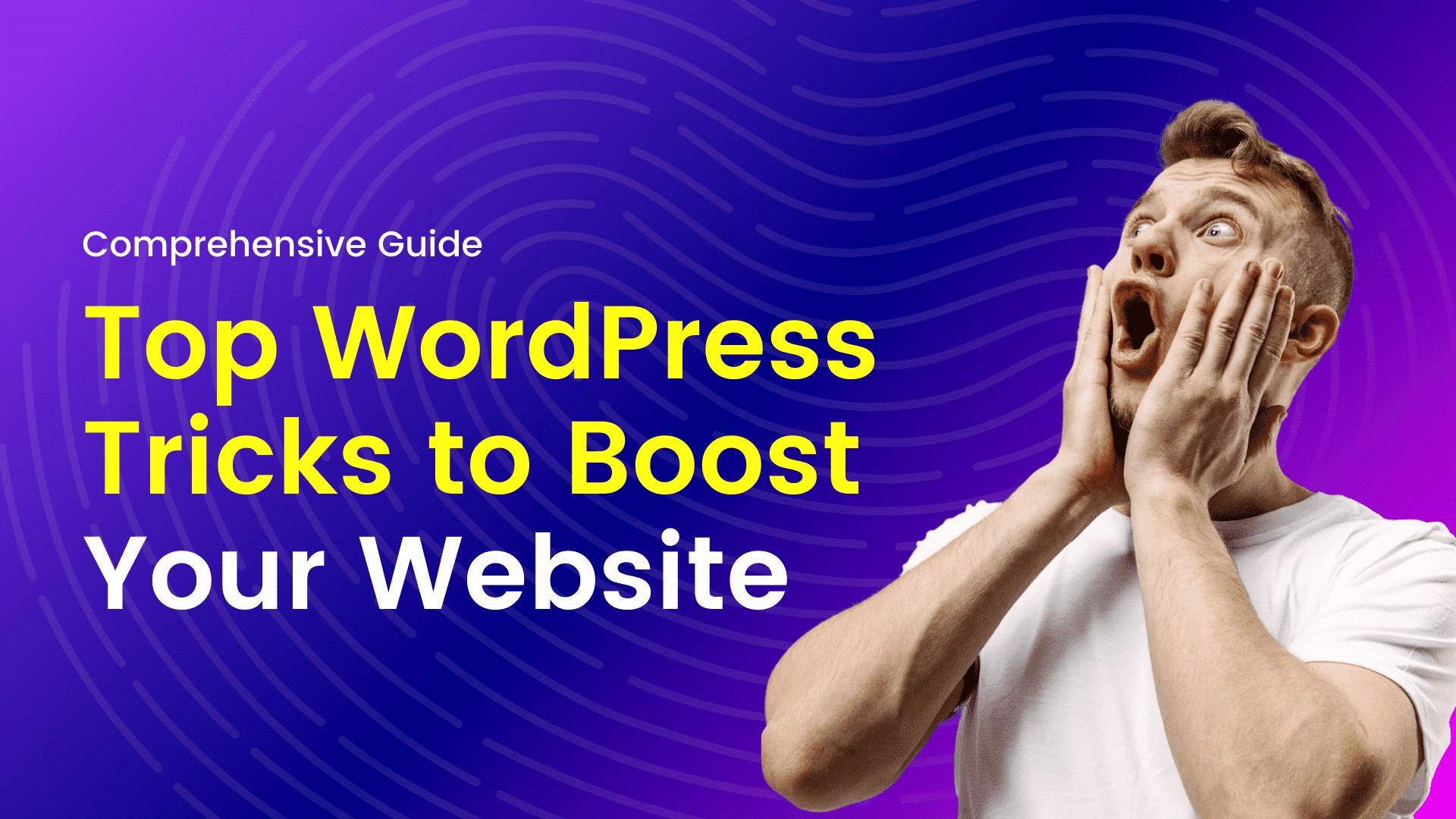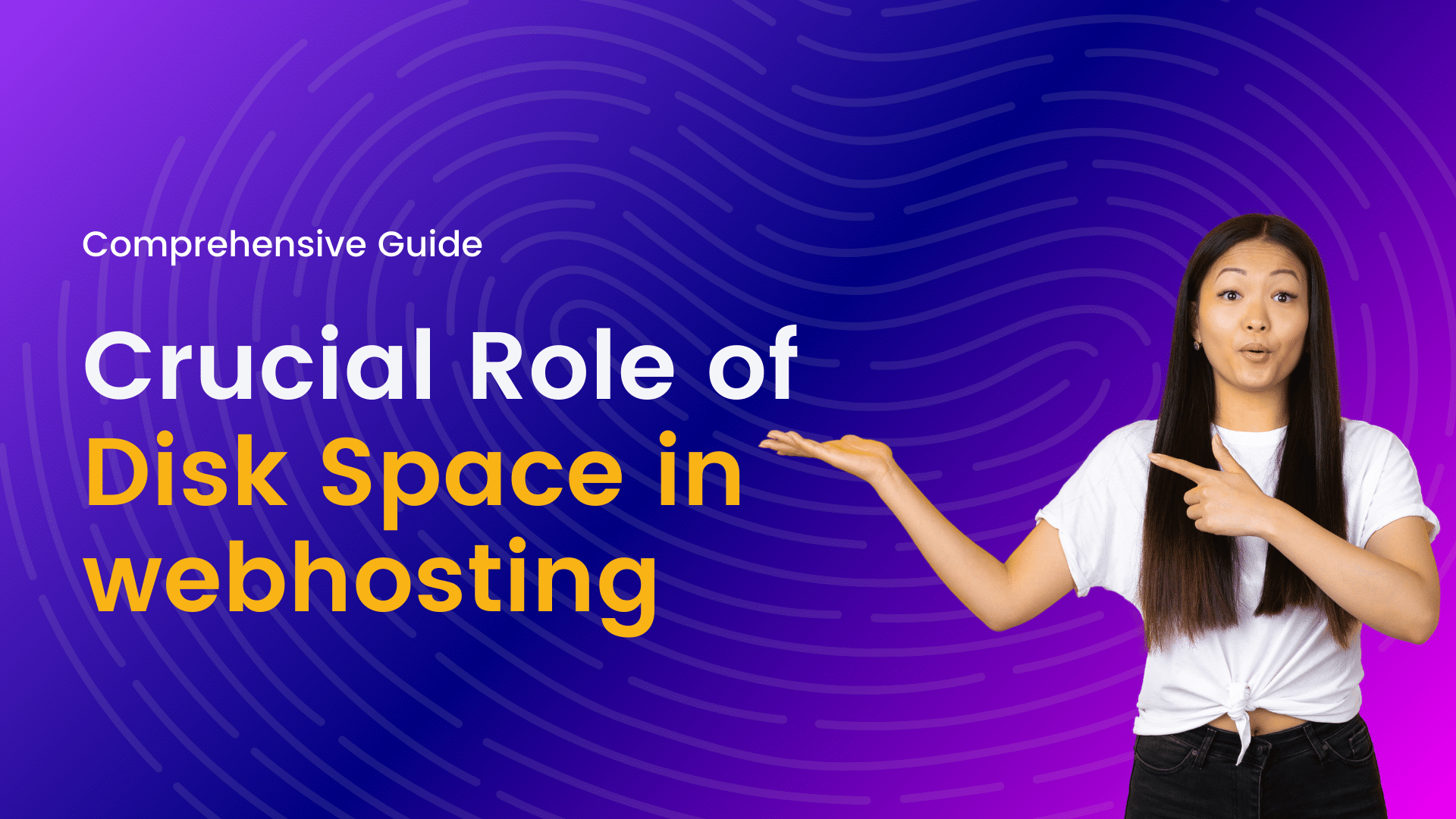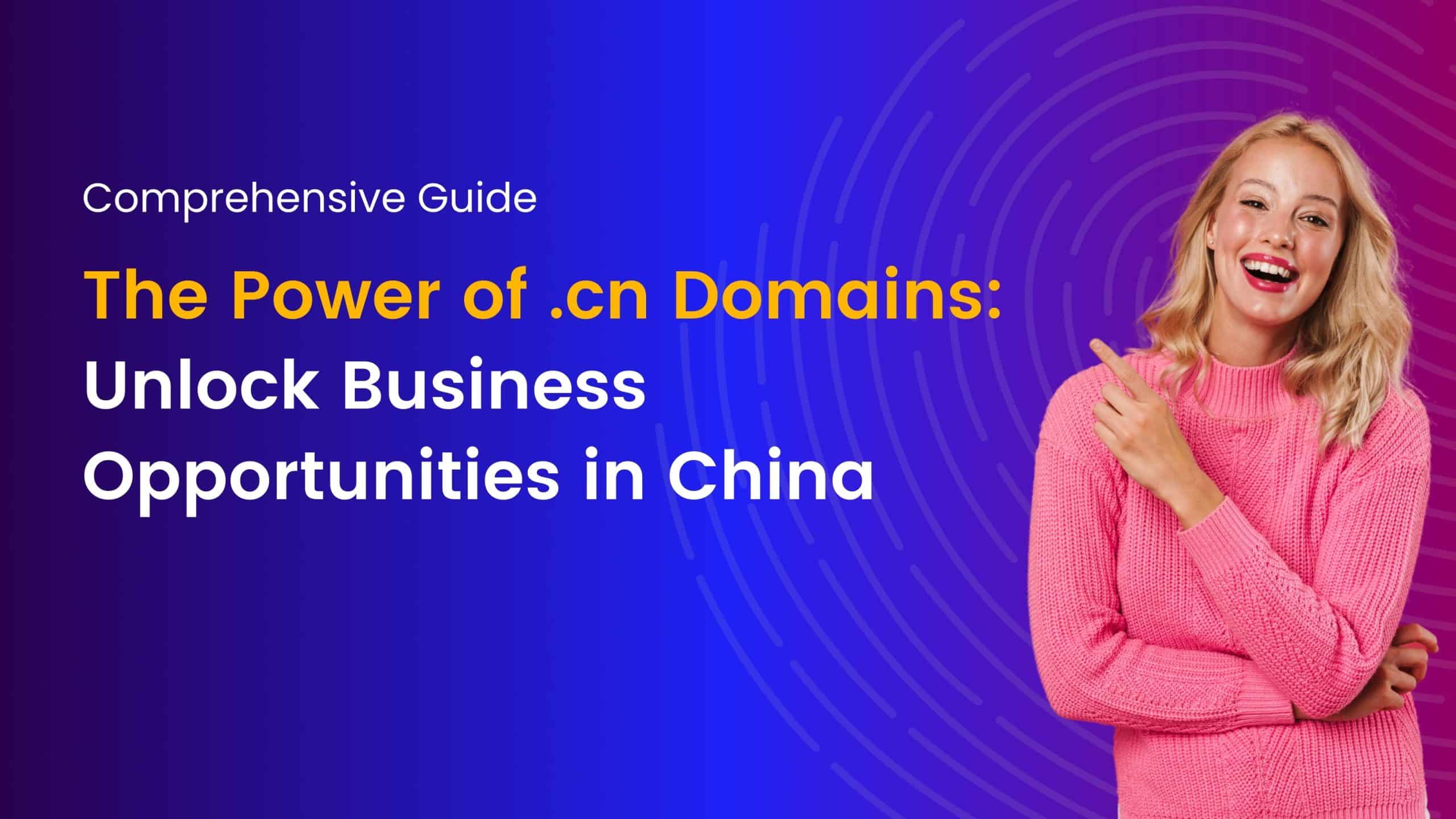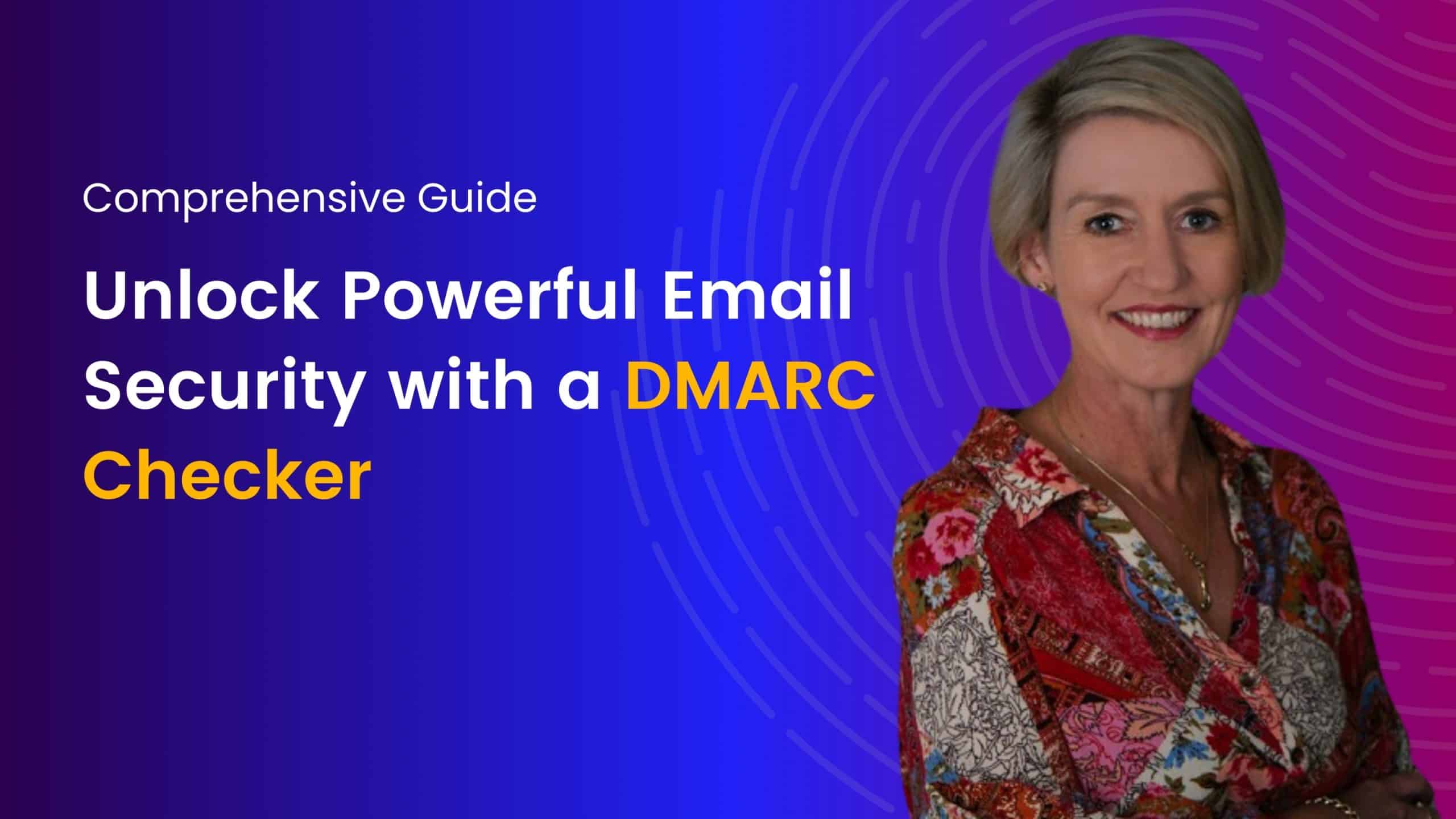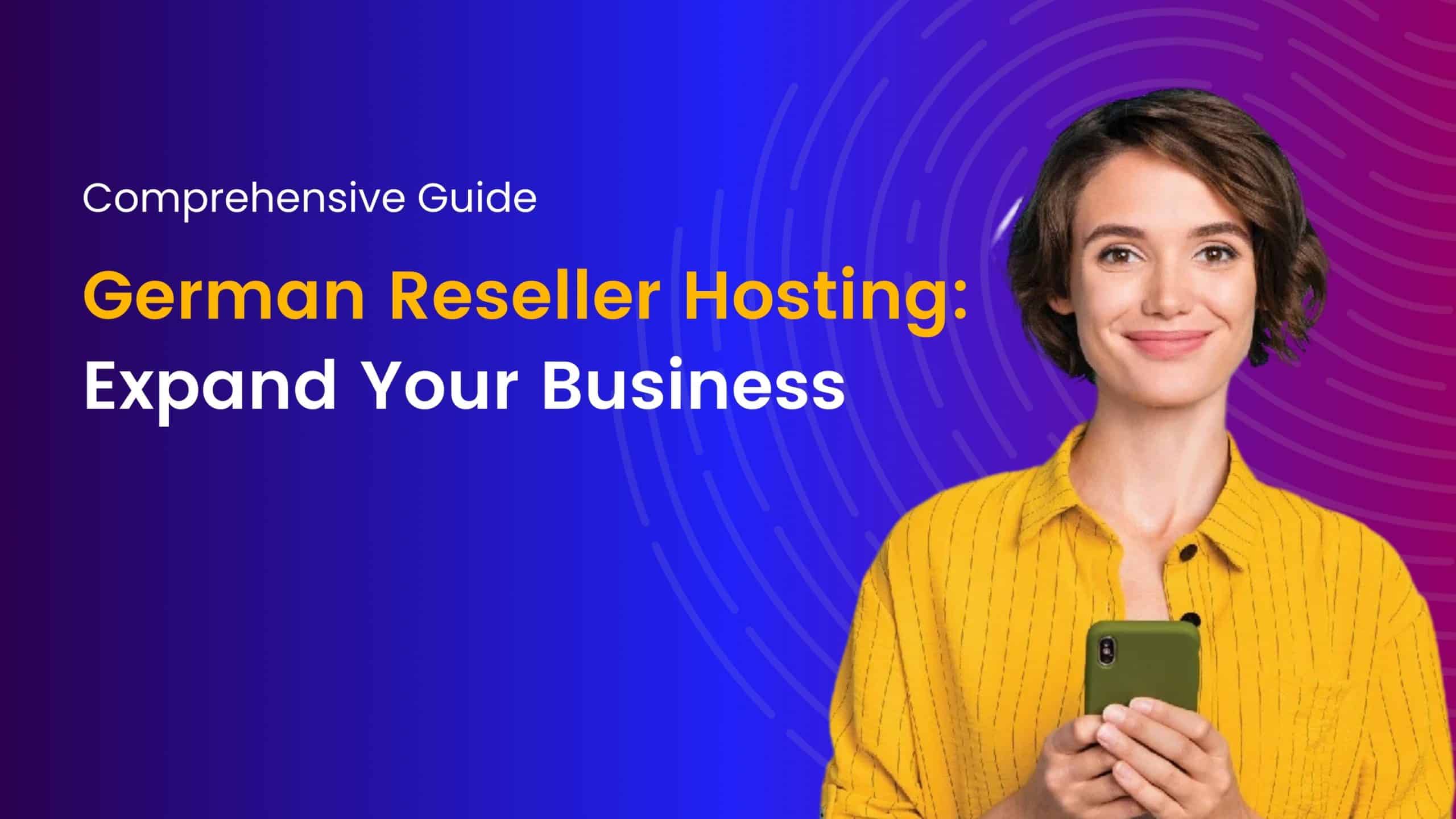Building a Landing Page that Converts
Are you struggling to turn website visitors into customers? Our ultimate guide gives you the know-how to develop a high-converting landing page.
Learn how to craft compelling content, optimize visuals, and create an engaging user experience to help your business soar. You won’t want to miss this!
Introduction
Creating an effective landing page is essential for any successful digital marketing campaign. It plays a key role in converting visitors into customers. Landing pages are a critical way for businesses to showcase products and services. They help share information about the company, gain valuable customer insight, and ultimately generate more leads and sales.
In this guide, we’ll discuss the essential elements of an effective landing page. This includes creating an engaging headline, using relevant images and videos, and optimizing user experience (UX) through design best practices. We’ll also go over how to track your results to continually improve your landing page performance.
By the end of this guide, you’ll know how to create a landing page that maximizes conversions. This knowledge will help you grow your business effectively.
Understanding the Basics of Landing Pages
Creating a landing page that converts should start with an understanding of the basics and building blocks essential for success. The core features of any effective landing page should include the following:
• A Headline That Catches Attention, Compels the User to Take Action – The headline should be concise and communicate the value proposition. It should be engaging enough to make users curious, have a sense of urgency, and highlight what solutions you can provide.
• A Call-to-Action (CTA) Button – The CTA button is the primary goal of your landing page, so make it attention-grabbing and easily identifiable. Color, font size, shape, animation effects, and position on the page can all impact its effectiveness. Try experimenting with different designs to maximize click-through rates.
• Social Proof or Testimonials – Testimonials from real customers are very effective to build trust and credibility for your product or service. Highlight one or two customer stories, then add quotes from other customers who have benefited from your service or product.
• Clear Offers & Benefits – Landing page that convert to be structured around a specific offer that solves the customer’s problem or provides them with new insight into their chosen industry. Be sure to specify how your offer benefits the reader; focus on short headlines that clearly state what they will receive in return for providing their contact information. Include concrete details such as fast fulfillment times or free shipping if applicable; this will increase conversions further still!
• Visual Content – Include images and videos when possible; visuals significantly increase engagement rates over just text alone. Visuals are great ways to communicate a concept more effectively than words alone. They are especially helpful for low-literacy users who may not fully understand without supporting imagery or video content.
Crafting a Compelling Headline
To craft a compelling headline, you must make sure the words used are directly related to the page’s goal. A headline should grab readers’ attention and compel them to read further. It should accurately promise the information that follows and draw users in.
Consider making your headline short enough for people to understand it quickly. Additionally, include elements like curiosity, unmet desires, fear of loss, and drama. Additionally, think about leveraging actionable verbs or creating a sense of urgency with phrases like “act now” or “limited-time offer”.
When designing a landing page, make sure your headline is in sync with other elements like images and copywriting. Check for consistency and keep an eye out for power words (or buzzwords) — these are words like “luxury”, “free trial” or “exclusive offer” that evoke personal responses in readers. Finally, test various headline variations to get valuable feedback on which one resonates best with users.
Crafting an Engaging Copy
The most successful landing pages are designed with attention to detail and communicate the value of your offer. Crafting an engaging copy that resonates with site visitors is a critical aspect of any successful landing page. Here are some tips and techniques to keep in mind when developing your copy:
• Make sure you use simple language and avoid technical jargon – Explain complex topics in practical terms so everyone can easily understand what you’re saying.
• Speak directly to customers – Don’t be afraid to use “you” and other forms of direct address when crafting your message. This helps create a personal connection with customers, which increases the likelihood that they will take action.
•Share anecdotes – Effective storytelling demonstrates how your product functions and shows customers the real-life advantages they can gain from it.
• Foster trust – Use trust signals such as customer success stories, awards, industry certifications, and badges from third-party review sites so your site visitors feel secure buying from you.
• Make sure you include plenty of Calls-to-Action (CTAs)– Not allCTAs have to be big buttons or flashy banners but your message should convince potential customers that taking action will bring them closer to achieving their goal. Use evidence-based thinking and powerful phrases that show people why taking action is important right now.
Designing an Attention-Grabbing Layout
Designing an attention-grabbing layout for your landing page is essential to encouraging clicks and conversions. Start by selecting colors and fonts that draw the eye and evoke a feeling. Using contrasting colors, such as white and black, can help bring focus to your essential message while making sure that all elements on the page are accessible.
The most important element of the page is the headline – it should be attention-grabbing, clear, and precise. The text should always be legible so use readable font sizes for both headers and body text. Additionally, you’ll want targets to click through by including buttons or images with clickable links throughout the page layout.
For best results, choose short phrases in your headlines such as “Get Access Today” instead of “Sign Up,” since it is easier for viewers to understand. Then break down key messages into smaller subheadings with one- or two-word phrases like “Instant Results” or “Win Prizes.” Once these elements have been determined you can begin placing them on your layout accordingly. Placing key phrases closely together encourages users to explore more. This approach reduces the need for them to scroll further down the page in search of the information they want.
Adding graphics to accompany text is another way of emphasizing messages on your landing page layout – if you create infographics make sure they display information accurately without becoming overwhelming visually, if using photos ensure they’re well framed and are relevant to what you’re communicating clearly describe whatever product/service/solution/offer behind each photo because visuals alone won’t do enough here. Innovative visuals will make a difference but not at the expense of functionality, so be careful when choosing what graphics are included on your landing page design – too many images may make loading time slower which will lead visitors away from converting!
Optimizing Your Landing Page for Conversion
Creating an effective landing page takes further optimization beyond simply writing compelling copy. Adding elements to entice the reader is key. Here are several suggestions to focus on.
1) Add visuals – Adding visuals or images to the page helps draw readers into the message and breaks up blocks of text. Optimal size will vary but try not to slow your page load time down by using bulky files that take too long to load. If you’re using stock images, pick one that looks professional and isn’t overly used. This will help capture higher-quality leads as prospects are more likely to judge a book by its cover when it comes to visuals.
2) Include a CTA – A call-to-action should be included strategically throughout your landing page from start to finish, beginning with the headline and working through end partnerships or follow-up services you provide in the body of the content on your website. Each line, headline, and space on the landing page must offer something for prospects such as an opt-in form, signup button, or more information link so they can show interest in whatever is being offered without searching around on other pages.
3) Social proof – 3 out of every 4 consumers will research a product before making a purchase decision, so including social evidence “proof points” can increase conversions drastically while also demonstrating credibility, and trustworthiness, and delivering an overall feeling of security for those who land at your website top of funnel moments in their customer journey (e.g., webinar registrations). Examples include customer testimonials about experiences, product success stories, and/or case studies with positive outcomes from users who have already gone through your process successfully with excellent results!
Testing and Refining Your Landing Page
Testing and refining your landing page is an important step in ensuring that it’s optimized for conversions. The process helps you identify areas of improvement and allows you to focus on improving them so that you can get more out of your efforts.
Testing your landing page starts with gathering relevant data by using analytics and other tracking tools such as A/B testing or heat mapping. You’ll also need to consider what type of optimization requires the most attention. If there are issues with the structure, layout, or content of your page, then you should focus on those first. If the design needs improvement, then use the data to inform decisions about colors, images, fonts, and page layout.
Once you have collected the necessary data from exams such as A/B tests or multivariate tests, proceed with one or more approaches for optimizing and refining your landing pages according to their performance results:
- Reduce distractions by removing any non-essential elements or unsolicited offers to make sure visitors remain focused on what they need.
- Minimize form fields so you don’t ask visitors for too much information and keep them from completing their tasks quickly.
- Eliminate pages that aren’t performing well and redirect visitors elsewhere on your website.
- Create persuasive messaging that resonates with visitors and let them know why they should take action on a particular offer or product.
- Test headlines regularly since this can be a powerful tool for influencing customers’ decisions.
- Include better visual elements -such as portraits of real people -to trigger an emotional response from potential clients.
Above all else, make sure that any changes you make to the landing page add value for users. Avoid adding more clutter or making unnecessary rearrangements, as these could lead to confusion. Testing will help determine whether changes are leading to desired outcomes — conversions — but it’s up to you as a marketer or web designer ensure that every change is thoughtfully considered before being implemented in order optimize conversions further!
Wrap Up
You now have an understanding of the elements that make up a good landing page. You should aim to design a page with a concise headline, an effective hero shot, and copy that speaks to the target audience. Incorporating trust signals in the form of trust logos and testimonials help build customer confidence in your product or service. Also, don’t forget to have calls-to-action placed in strategic locations within the page for maximum visibility — above the fold at the bottom being key locations.
Finally, use A/B testing to test various aspects of your landing page until you find one that works best for your brand. This way you can ensure that you’re maximizing conversions and traffic well into the future.
Following these tips will set you up with great foundations to create an effective landing page that converts visitors into customers or leads. Good luck!
Join me on a journey of discovery through our blogs, where I share valuable insights, tips, and trends in web hosting and technology. From optimizing website performance to exploring emerging technologies, you'll find everything you need to stay ahead in the digital world. Let's connect, learn, and grow together.

